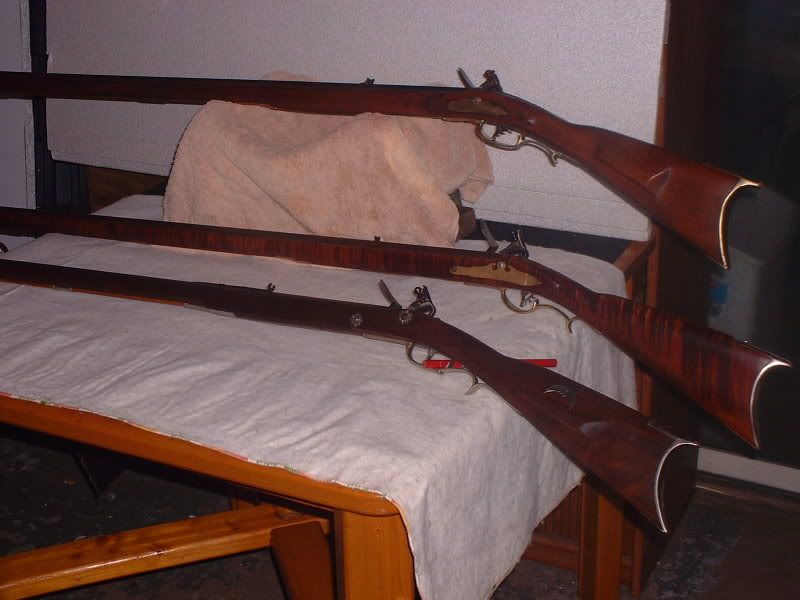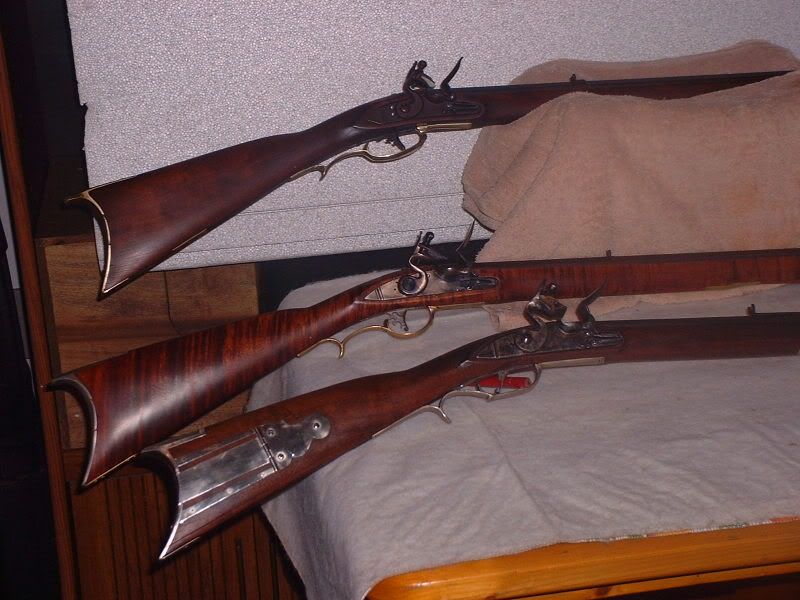I am starting my quest for a squirrel gun and have no experience other then just having purchased a GPR kit.
The only rifle I have found so far is a Tennesse Valley Muzzleloading, Tennesse Poor Boy rifle. Now the decision makeing process begin As a Poor boy rifle, it is available with barrels from .32 to .62 calibers and 13/16" to 1" in width. Of course, some caliber / barrel combinations are not available and we suggest that you contact us about availability before ordering. Our Poor-boy Rifle is built using Green Mountain or TVM barrels Siler locks and Davis or L&R double set triggers. Standard barrel lengths are 36" to 42" s with questions.
Anybody have experience with these guns?
Barrel length 36" or 42" 13/16 or 1 inch
Caliber 36ca or 40ca
Finished in the white or as a kit, How much more difficult in the kit would this be then the GPR?
What else is available for under a grand I dont think I really think I would interested in short barrel lengths. Thanks for reading.
The only rifle I have found so far is a Tennesse Valley Muzzleloading, Tennesse Poor Boy rifle. Now the decision makeing process begin As a Poor boy rifle, it is available with barrels from .32 to .62 calibers and 13/16" to 1" in width. Of course, some caliber / barrel combinations are not available and we suggest that you contact us about availability before ordering. Our Poor-boy Rifle is built using Green Mountain or TVM barrels Siler locks and Davis or L&R double set triggers. Standard barrel lengths are 36" to 42" s with questions.
Anybody have experience with these guns?
Barrel length 36" or 42" 13/16 or 1 inch
Caliber 36ca or 40ca
Finished in the white or as a kit, How much more difficult in the kit would this be then the GPR?
What else is available for under a grand I dont think I really think I would interested in short barrel lengths. Thanks for reading.







